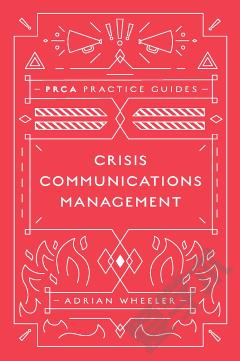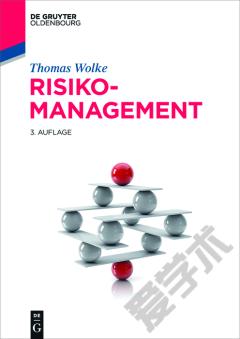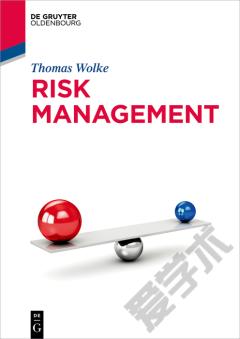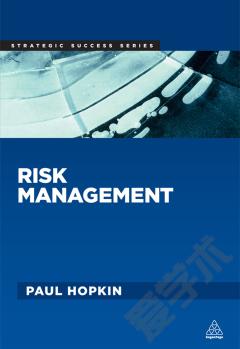Crisis Management
The impacts of a crisis might include fatalities, disabling injuries, significant destruction or contamination or the loss of an organization's reputation. This book examines crisis management in a variety of situations, from its role in business organizations and airplane disasters to disease outbreaks. The recent explosion in world population growth and the mass movement of people into developed forest tropical and subtropical areas has dramatically increased the potential for humans to come into contract with new species and strains of pathogens. This book examines avian influenza A (H5N1), swine influenza A (H1N1) virus (S-OIV) as an emerging disease, malaria as a re-emerging disease, and the importance of infectious diseases acquired via overseas travel to tropical areas. In addition, analyses of major organizational accidents have revealed the importance of organizational factors in the etiology of such events. This book develops a rational and multilevel model for the analysis and prevention of accidents in complex organizational systems. Furthermore, management of a major crisis, generally a corporate or headquarters function as opposed to site emergency response, requires planning, testing and evaluation and maintenance to mitigate and minimize the consequences. The authors of this book focus on crisis management in business corporations, and ways to better handle crisis situations.
{{comment.content}}








 京公网安备 11010802027623号
京公网安备 11010802027623号